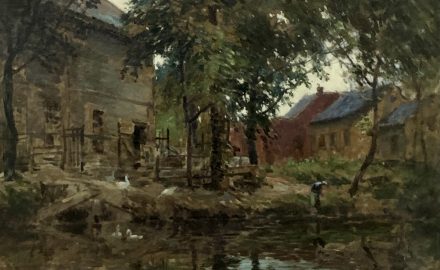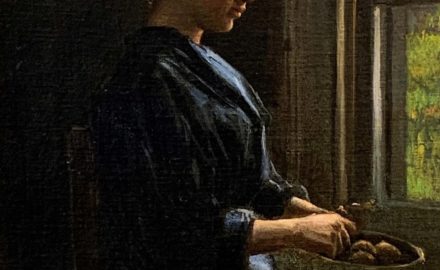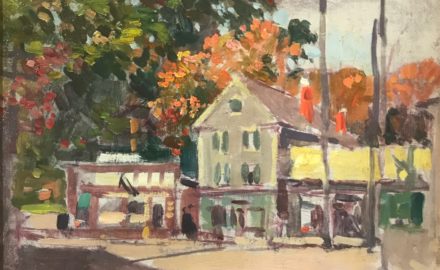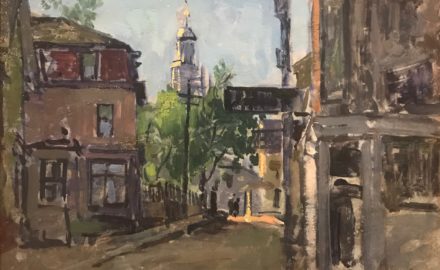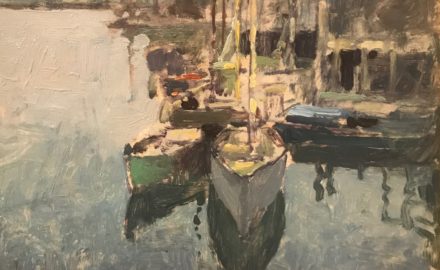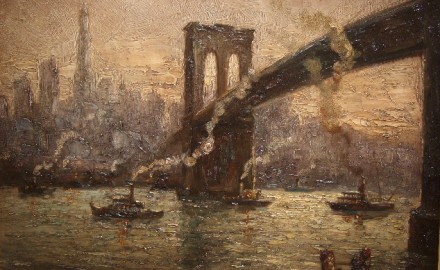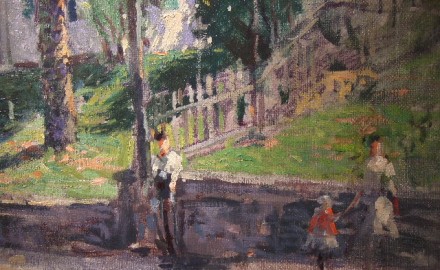Born in St. Louis in 1863, Paul Cornoyer is best remembered for depictions of New York City. Although trained in America and associated with the Barbizon school, in 1889 Cornoyer went to Paris for further instruction and studied at the Academie Julien with Jules Lefebvre, Benjamin Constant and Louis Blanc. After 5 years he returned to St. louis where he further perfected his style of lyrical and tonal which he applied to subjects such as cityscapes and landscapes.
In 1899, Cornoyer traveled to New York City and with the encouragement of William Merritt Chase, began his career in earnest. While in New York, Cornoyer’s distinctive style in Tonal urban scenes was perfected. In particular, his depiction of scenes after rain fall with its blurred effects, as illustrated in his master work The Plaza after Rain, caught the eye of major art critics and museums. Cornoyer is able to capture the wet, mirrored pavements with exacting precision. His grey cityscapes after rainfall with the impression of horse drawn carriages, trees and aligned buildings has no peer.
Cornoyer also taught at the Mechanics Institute in New York and in 1917 moved to Massachusetts where he was an instructor in several Boston institutes. He died in East Gloucester, Massachusetts in 1923.
Member of the Allied Artists of America
Member National Arts Club
Member Art Club of Philadelphia, 1917
Exhibited Paris AAA, 1892 (Prize)
St. Louis Association P&A, 1895 (Gold)
Salmagundi Club 1905 (prize, 1906 (Prize), 1908 (Prize))

